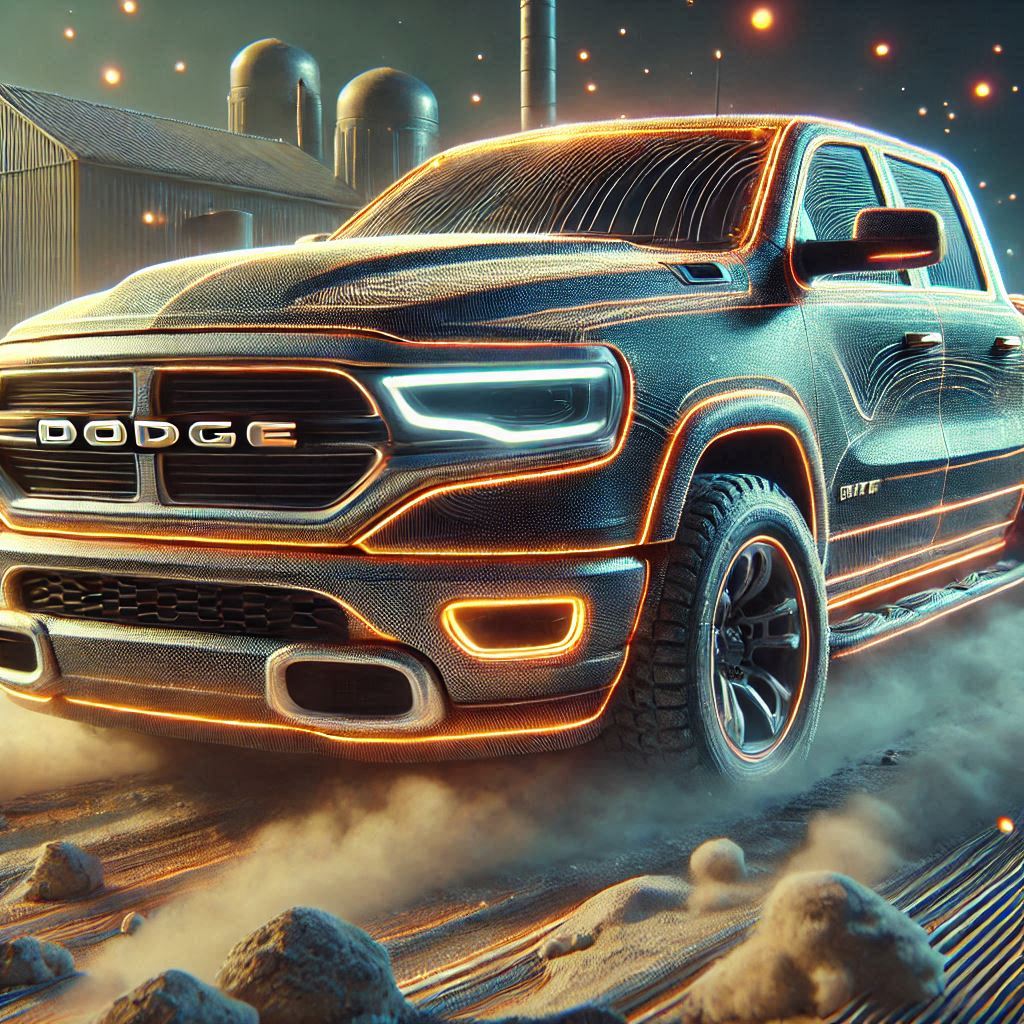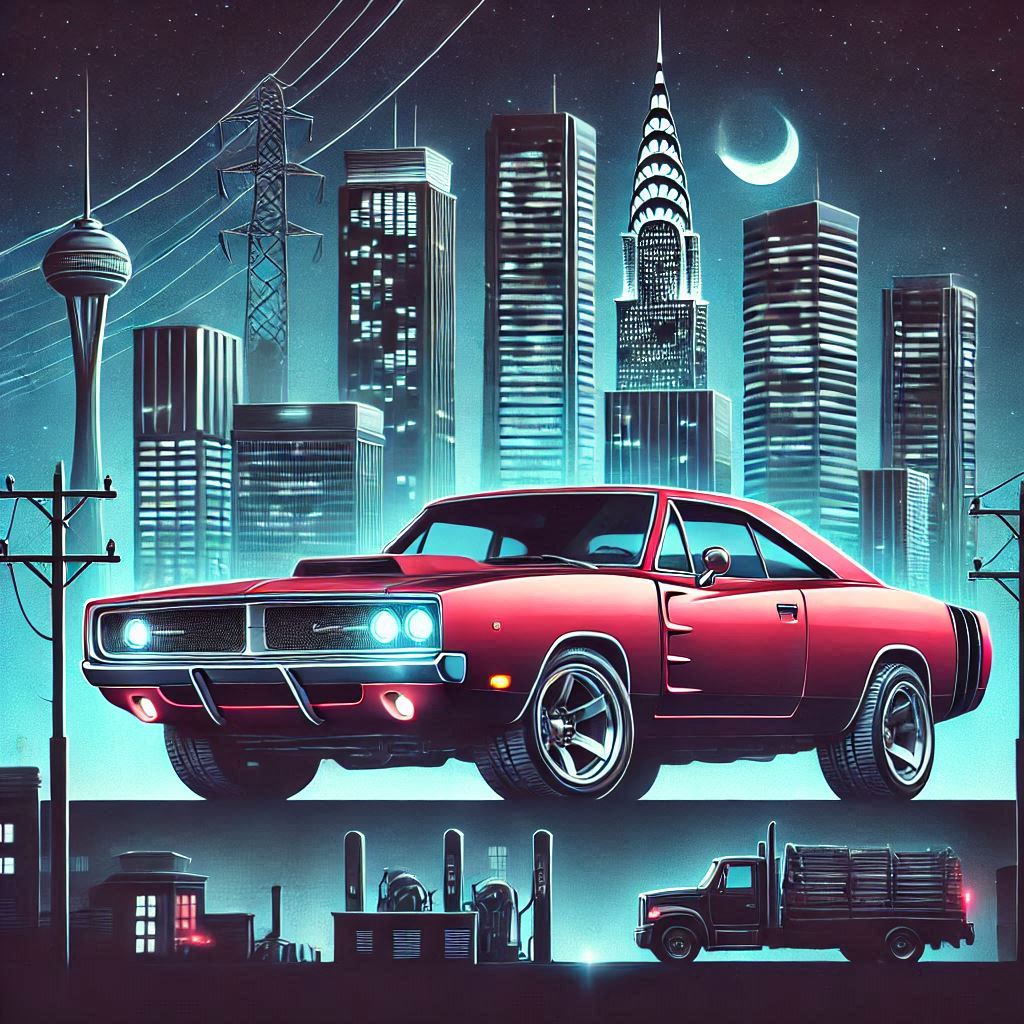The Cultural Impact of Dodge Trucks Across Generations
Dodge trucks have long been a symbol of strength, durability, and American engineering. From their early models to the modern-day RAM trucks, these vehicles have earned a special place in the hearts of drivers and enthusiasts alike. The cultural impact of Dodge trucks spans multiple generations, reflecting changes in society, technology, and the evolving needs of the automotive market. In this article, we will explore the significant cultural influence of Dodge trucks over the years, examining how they have shaped American life, from their early days to their modern incarnation as symbols of power and freedom.
The Origins of Dodge Trucks: A Legacy Begins
Dodge’s journey into the world of trucks began in the early 20th century, with the introduction of the 1917 Dodge Brothers’ Delivery Truck. This was one of the first trucks to feature an all-steel body, making it more durable and reliable than its competitors at the time. Dodge trucks quickly became popular among small business owners and farmers, who relied on them for heavy-duty tasks. The introduction of these sturdy vehicles marked the beginning of a legacy that would endure for generations.
The Early Impact: Workhorse of America
In the 1920s and 1930s, Dodge trucks became integral to the American work ethic. They were widely used by farmers, builders, and small business owners, all of whom required dependable and rugged vehicles for their daily operations. The Dodge brand was quickly associated with hard work and reliability, gaining a reputation for toughness and durability. This early cultural association with the working class laid the foundation for the lasting impact Dodge trucks would have on American culture.
The Rise of the Muscle Truck: Post-War Boom and the 1960s
Following World War II, the United States experienced an economic boom that saw the rise of suburbanisation and the expansion of the middle class. Dodge trucks, particularly models like the 1960 Dodge D-series, reflected these changes. These vehicles began to blend utility with style, appealing to a new generation of buyers who wanted both performance and practicality.
Cultural Shifts: Symbol of American Freedom
By the 1960s, Dodge trucks had become more than just tools for work. They symbolised American freedom, adventure, and individuality. The powerful engines, bold designs, and rugged appeal of Dodge trucks became a staple of American culture. They were featured in advertisements that highlighted the allure of the open road and the promise of adventure. For many, owning a Dodge truck represented a piece of the American Dream, a connection to the country’s rugged frontier spirit.
Dodge Trucks in the 1980s and 1990s: The RAM Era
The 1980s and 1990s saw a significant shift in the truck market, as the Dodge RAM brand was introduced. This marked a new era for Dodge trucks, with a focus on both performance and luxury. The RAM trucks of the 1990s became a symbol of power and status, appealing to a broader demographic. They were not just for farmers and builders anymore; they became a choice for people who wanted a combination of style, comfort, and strength.
The Rise of the Dodge RAM: A New Icon
The introduction of the RAM truck line in 1981 marked a turning point for Dodge, as it repositioned itself in the competitive pickup truck market. RAM trucks were advertised as the ultimate combination of performance and luxury, capable of handling the toughest jobs while providing a comfortable ride for drivers and passengers alike. The cultural significance of RAM trucks grew during this period, as they became synonymous with success, power, and resilience.
Modern Dodge Trucks: A Symbol of Power and Performance
Today, Dodge trucks—especially the RAM 1500, 2500, and 3500 models—continue to hold a significant place in American culture. These trucks are widely celebrated for their cutting-edge technology, performance, and innovative design. In the modern era, Dodge trucks are seen as symbols of strength, freedom, and rugged individuality, appealing to a new generation of drivers who value both utility and performance.
A Focus on Technology and Innovation
Modern Dodge trucks have embraced new technology, with features like advanced infotainment systems, driver assistance tools, and high-tech safety features. These innovations have made Dodge trucks not just powerful work vehicles, but also high-tech machines that cater to a more tech-savvy generation. The combination of modern design, powerful engines, and state-of-the-art technology continues to shape the cultural significance of Dodge trucks.
The Cultural Symbolism of Dodge Trucks
Dodge trucks have evolved from workhorse vehicles to powerful symbols of American culture. They represent strength, resilience, and a sense of adventure, making them highly desirable to individuals across various demographics. Whether it’s the blue-collar worker, the adventure-seeker, or the modern-day tech enthusiast, Dodge trucks continue to embody the spirit of freedom and independence.
Dodge Trucks in Popular Culture
Dodge trucks have also left their mark on popular culture. They’ve been featured in countless movies, television shows, and advertisements, reinforcing their association with ruggedness, masculinity, and the American spirit. In films like “Mad Max” and “The Fast and the Furious,” Dodge trucks have been portrayed as tough, indestructible machines that can handle any challenge. This connection to popular culture has further cemented the brand’s status as a cultural icon.
Conclusion
Dodge trucks have undergone significant changes throughout the decades, from their humble beginnings as work vehicles to their current status as symbols of power and innovation. Across generations, these trucks have reflected the shifting cultural and economic landscapes of the United States, becoming an integral part of the nation’s identity. Today, Dodge trucks continue to make an impact, blending rugged strength with modern technology, and remaining a beloved part of American culture.

